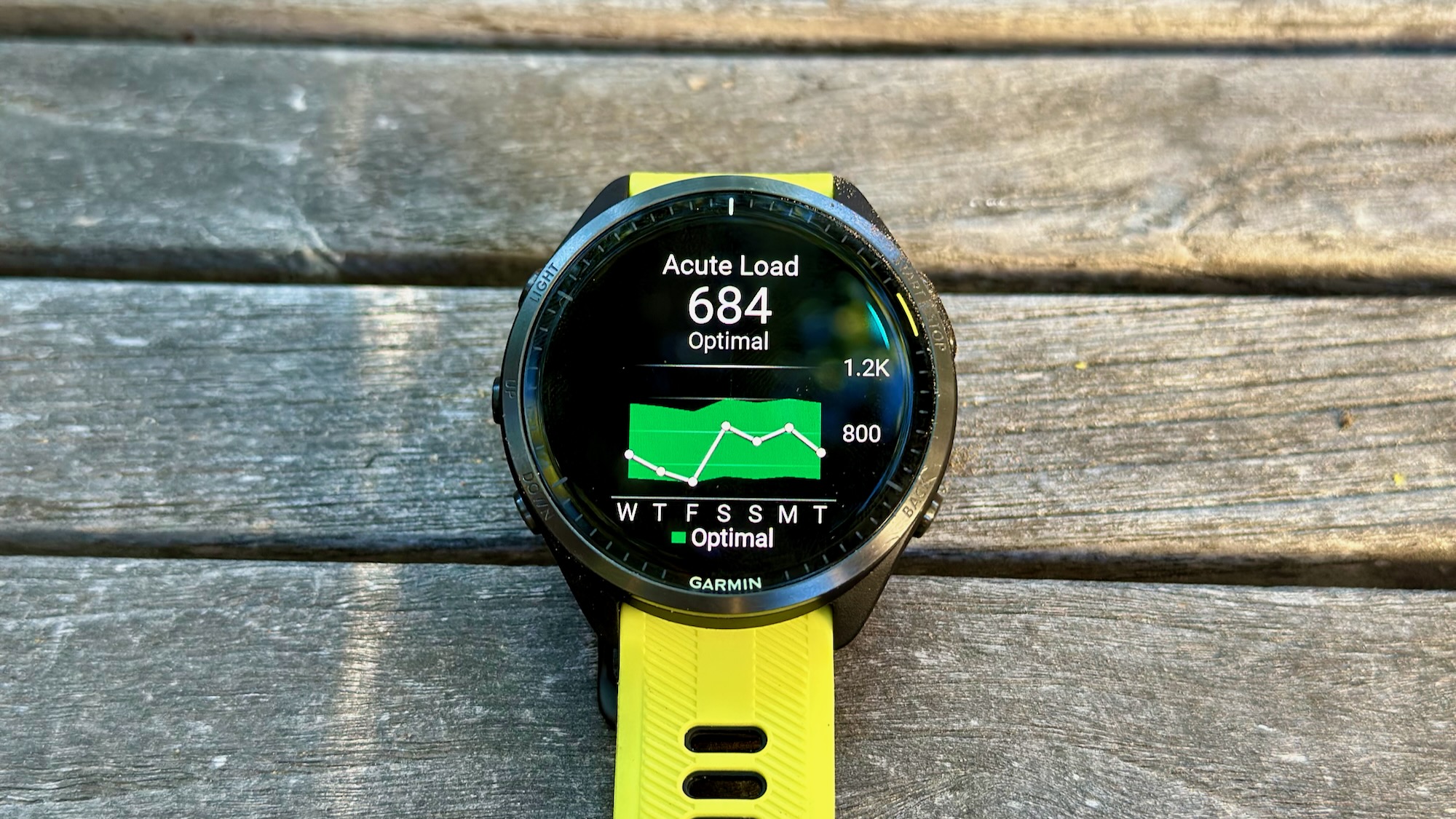Sunday Runday

On this weekly column, Android Central Wearables Editor Michael Hicks talks in regards to the world of wearables, apps, and health tech associated to operating and well being, in his quest to get quicker and more healthy.
Final week, my new Garmin Forerunner 970 warned me that I in all probability should not run as a result of I used to be near my operating tolerance for the week. As a substitute, I came upon the onerous means what occurs if you ignore Garmin’s algorithm.
I spent Might in a little bit of a operating hunch, my mileage dipping about 40 miles from my month-to-month common. So I made a decision to rebound in June with extra steps and miles. I kicked issues off with a half marathon whereas sporting Ray-Ban Metas on June 1, after which I made a decision that I may do one other onerous, hilly run on World Operating Day with an area operating group.
By the top of my 7-mile run, I might fallen behind the group and felt bodily weak with a decent proper hamstring. I checked my watch later and located I used to be proper above my physique’s operating tolerance.
However since I desperately needed to rejuvenate my health efforts, I went out for a low-aerobic jog a few days later as soon as my coaching readiness rating had climbed up a bit. It was a mistake: Even when my coronary heart and lungs felt wonderful, my hamstring all however gave out on me. I ended up limping residence. Every week of restoration and a busy journey week at an XR conference later, I am again the place I began.
The expertise taught me two issues: Garmin’s operating tolerance estimate is authentic, and I really hope it does not stay restricted to Garmin’s $750 operating watch like different “premium” instruments.
How Garmin Operating Tolerance works

Garmin says Operating Tolerance helps you “acknowledge doubtlessly hazardous coaching patterns” and “intelligently handle the influence of operating in your physique as you’re employed to construct and keep mileage.”
It builds off of acute load, or the coaching load impact in your physique from the previous seven days of exercises, which most Garmin Forerunner fashions monitor. However this metric focuses on extra post-exercise oxygen consumption (EPOC), reasonably than the biomechanical load.
That is the place Operating Tolerance modifications issues. For every run, it takes under consideration your weight, velocity, depth, floor contact time, cadence, and important uphills and downhills, amongst different issues.

The aim is to trace the “drive exerted by the bottom in your physique.” And a speedy downhill run, for instance, could be “thrice tougher than a simple run on degree floor.” And also you may not usually understand it, as a result of the run felt straightforward in your lungs.
Garmin then judges your acute influence load miles towards your operating tolerance, primarily based in your latest operating historical past. It warns you should you’ve entered a “cautionary state” the place you ought to be cautious of harm or burnout.
It is separate from Garmin’s typical post-run restoration estimate, as a result of it is taking greater than your cardiovascular system under consideration. And that is very important context for runners!
In fact, most semi-serious runners will present higher impulse management than I did and cease themselves when their physique tells them to cease. However operating tolerance remains to be very important context for anybody making an attempt to take their coaching to the following degree.
Newbie runners want this greater than veterans

Garmin’s complete wearable technique is price-locking software program, corresponding to how the Forerunner 970 will get offline maps however the 570 does not, or how the Forerunner 165 makes use of coaching load knowledge within the background to create every day urged exercises however blocks you from seeing the widget. It makes you pay additional for the very best instruments.
And wonderful, if Garmin needs to lock maps, real-time stamina, Strava Reside Segments, and endurance scores to the premium fashions just like the 970 and Fenix 8, we simply have to just accept that.
However operating tolerance is designed to stop accidents by warning folks off who do not know their limits. And I might argue that it is extra essential for couch-to-5K runners or informal runners who may significantly harm themselves, to see how the influence of a run is disproportionate to the variety of miles they’ve moved.
Are informal runners going to spend $750 on a operating watch? No, they usually should not! Not till they’re superior sufficient to take full benefit of the options. However operating tolerance does not really feel “superior” to me; it feels elementary.
I should not have ignored my operating tolerance knowledge, however no less than I used to be forewarned. Different Garmin watch homeowners do not get that context. So whereas I discover it unlikely primarily based on Garmin’s monitor file, I am hoping Garmin’s operating tolerance finally trickles all the way down to extra watches and helps folks forestall accidents!

